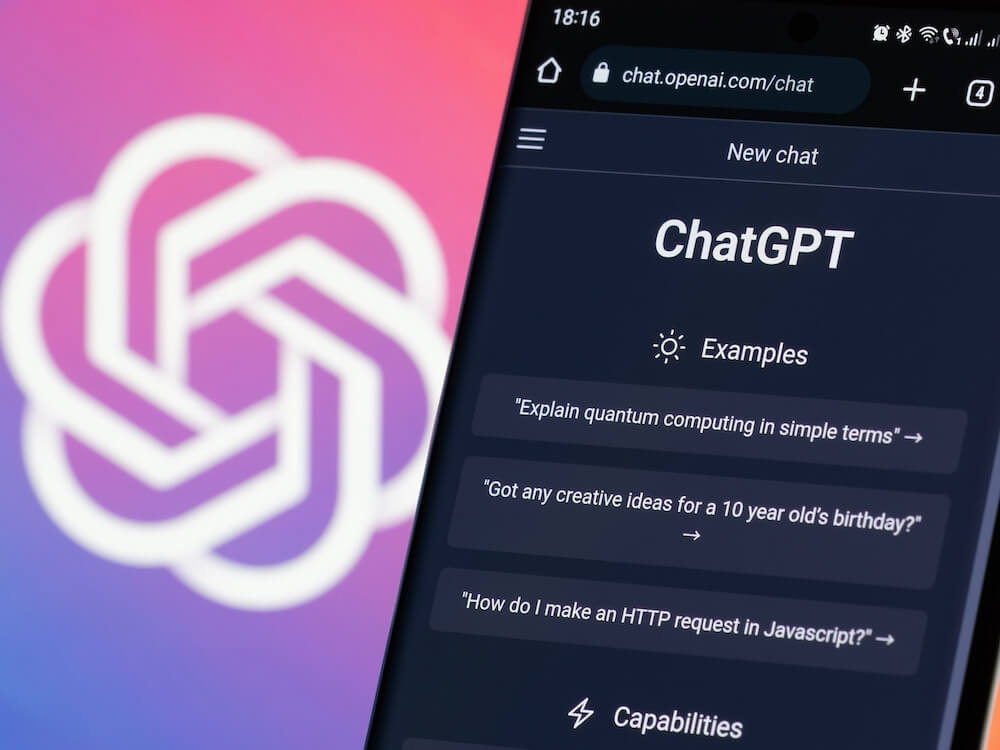Sandler Hot Take: Use This One Gigantic ChatGPT Prompt to Create a Truly Powerful Pre-Call Plan

Mark McGraw
Do you use the free version of ChatGPT to help you with your pre-call planning for a specific buyer? You might want to consider doing that. It’s incredibly easy and efficient.
Everything you see in bold below equals one gigantic prompt you can use to get a more detailed pre-call planning overview than you’ve probably ever had before. Some people I work with are skeptical about using it … because they can’t believe ChatGPT allows them to use a prompt that is this lengthy and detailed. If that’s how you’re feeling right now, I have two words of coaching for you: Try it. Just be sure to fill in the spots where you see ((double parentheses)) with the relevant real-world data. Remember to confirm and/or spot-check information you get from ChatGPT; it can make mistakes, se be prepared to tweak and verify the output you get. You may also want to revise the prompt below to match your industry and your specific needs, but I’d recommend doing that after you’ve used it as written a couple of times and evaluated the results.
I’m preparing for a sales call where I will be selling to a company. Act as an analyst preparing information for a salesperson for ((YOUR COMPANY NAME)) who is going to be making a sales call on the prospect. Know that ((YOUR COMPANY NAME)) is a ((YOUR INDUSTRY OR AREA OF SPECIALTY)) company that focuses on ((YOUR CONCISE VALUE PROPOSITION)).
Create the pre-call planner about the company I’ll be calling on. Title it PRE-CALL PLAN FOR ((COMPANY NAME)) whose website is ((COMPANY WEBSITE URL)) and ((CONTACT NAME)), who is the company’s ((CONTACT’S POSITION)) and whose LinkedIn profile page is ((CONTACT’S LINKEDIN PROFILE URL)) . Provide the following in markdown format and use bullets instead of paragraphs where possible. Create sections in the pre-call plan for each paragraph below.
General Information about the Company
Annual Revenue: [Research and fill in]
Number of Employees: [Research and fill in]
What They Sell: [Research and fill in]
Problems They Solve in the Marketplace: [Research and fill in]
Major Competitors: [Research and fill in]
Major Product Names: [Research and fill in]
Other Divisions, Parent Companies, or Subsidiaries: [Research and fill in]
Customer Personas
Create a table of the top 5 personas of who they sell to in terms of titles and roles of people who buy their products. In the table, include pain points from each role of what that role of person would care about when buying my prospect’s product/service. Include who typically makes the decision on what they are selling. Identify the unique benefits they bring to their customer base. Identify some of the common pains their customers face and how the company would solve them.
Title/Role Pain Points Decision Maker Unique Benefits Common Customer Pains Solutions Provided
[Persona 1] [Pain Points] [Decision Maker] [Unique Benefits] [Common Pains] [Solutions]
[Persona 2] [Pain Points] [Decision Maker] [Unique Benefits] [Common Pains] [Solutions]
[Persona 3] [Pain Points] [Decision Maker] [Unique Benefits] [Common Pains] [Solutions]
[Persona 4] [Pain Points] [Decision Maker] [Unique Benefits] [Common Pains] [Solutions]
[Persona 5] [Pain Points] [Decision Maker] [Unique Benefits] [Common Pains] [Solutions]
Cost of Pain
Create a table of the direct and indirect costs associated with the pain. The table should include pain points, direct costs, indirect costs, and the impact after my prospect’s solution is implemented.
Pain Points Direct Costs Indirect Costs Impact after Solution
[Pain Point 1] [Direct Costs] [Indirect Costs] [Impact]
[Pain Point 2] [Direct Costs] [Indirect Costs] [Impact]
[Pain Point 3] [Direct Costs] [Indirect Costs] [Impact]
[Pain Point 4] [Direct Costs] [Indirect Costs] [Impact]
[Pain Point 5] [Direct Costs] [Indirect Costs] [Impact]
Prospect’s Pain
Consider my prospect’s possible pains given their role, company information, and industry. Create a bulleted list of 7 possible pains the prospect might be experiencing.
[Possible Pain 1]
[Possible Pain 2]
[Possible Pain 3]
[Possible Pain 4]
[Possible Pain 5]
[Possible Pain 6]
[Possible Pain 7]
Questions to Test Pain Points
Provide a list of questions I might ask my prospect to test if these are issues for them that my sales training and sales process might help fix.
Can you describe some of the current challenges your team is facing with [specific process/product]?
How does your company typically address [specific problem]?
What impact have these challenges had on your overall business performance?
How do you currently measure the success ?
What specific outcomes are you looking to achieve through training or new solutions?
Questions the Prospect Might Ask
Provide 5 questions the prospect might ask me so I can be well prepared.
You’re welcome.








